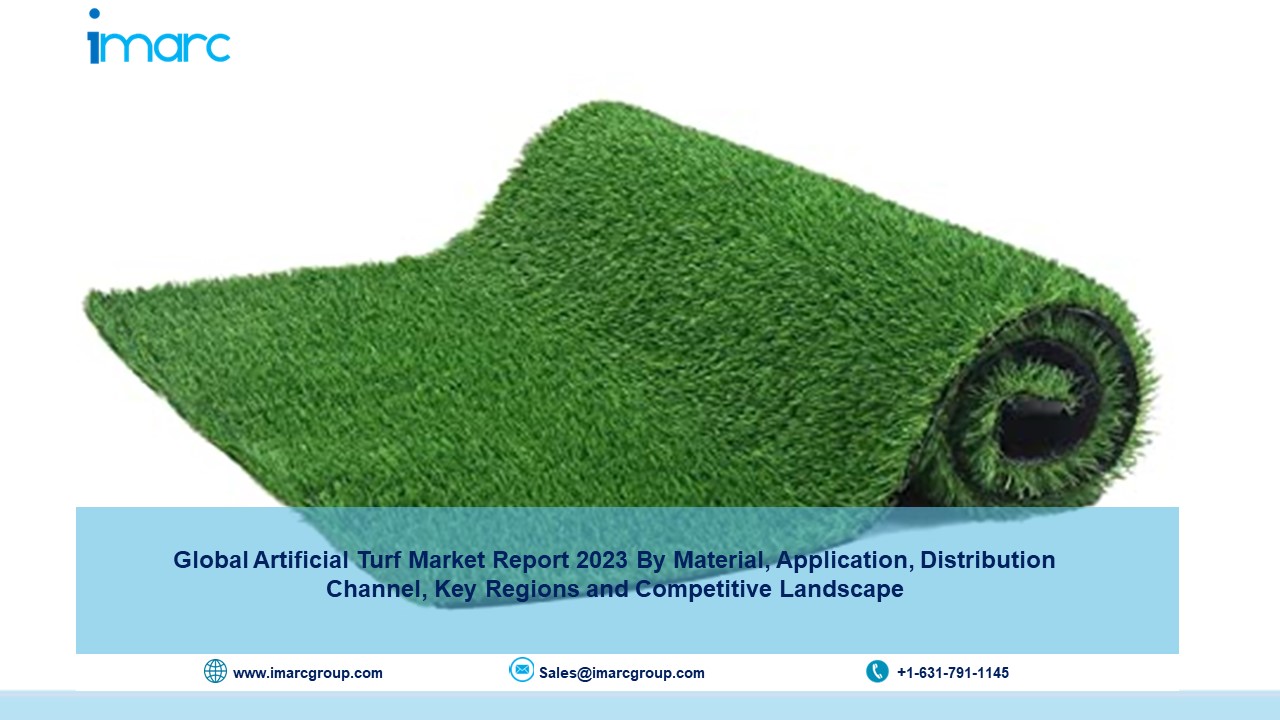A new study by researchers at the Karolinska Institutet suggests that aryl hydrocarbon receptors (AhR) in intestinal epithelial cells sense nanomaterial graphene oxide and activate specific immune cells called innate lymphoid cells.
From electronic products to biomolecular sensors, nanomaterial graphene oxide can indirectly affect the immune system through the gut microbiota, as confirmed in a new study of zebrafish by researchers at the Karolinska Institutet. The findings were published in Nature Nanotechnology.
“This shows that we must incorporate the gut microbiome into our understanding of how nanomaterials affect the immune system,” says corresponding author Bengt Fadeel, professor at the Karolinska Institutet’s Institute of Environmental Medicine. “Our findings are important for identifying potential adverse effects of nanomaterials and mitigating or preventing them in new materials.”
Graphene is an extremely thin material, a million times thinner than a human hair. Consisting of a layer of carbon atoms, it is stronger than steel, yet flexible, transparent and conductive. This makes it useful in numerous applications, including in “smart” textiles equipped with wearable electronics, and as a component of composite materials to enhance the strength and conductivity of existing materials.
With the increasing use of graphene-based nanomaterials, there is a need to investigate how these new materials affect the human body. The effects of nanomaterials on the immune system are already known, and several studies in recent years have shown that they can also affect the gut microbiota, the bacteria that naturally occur in the gastrointestinal tract.
The relationship between nanomaterials, gut microbiome and immunity is the subject of this study, carried out using zebrafish. The nanomaterial studied is graphene oxide, which can be described as a relative of graphene consisting of carbon and oxygen atoms. Unlike graphene, graphene oxide is soluble in water and is of interest for medical research, for example, as a means of delivering drugs in the body.
In this study, the researchers exposed adult zebrafish to graphene oxide through water and analyzed how it affected the composition of the microbiome. They used normal fish and fish lacking a receptor molecule in enterocytes, known as the aryl hydrocarbon receptor, commonly abbreviated AhR, which is a receptor for various endogenous and bacterial metabolites.
“We were able to show that when we exposed fish to graphene oxide, the composition of the gut microbiome changed, and that AhR affected the gut microbiome even at low doses,” said Peng Guotao, lead author of the study, a postdoctoral researcher at the Institute of Environmental Medicine at the Karolinska Institutet.
The researchers also bred zebrafish larvae that completely lacked a natural gut microbiome, which made it possible to study the effects of individual microbiome components, in this case butyrate (a fatty acid) produced by certain types of gut microbiome. secreted by bacteria. Butyrate is known to bind to AhR.
In the process, the researchers found that the combination of graphene oxide and butyric acid produced so-called type 2 immunity in fish. It turns out that this effect is dependent on the expression of AhR in intestinal cells.
“This type of immunity is often seen as a response to parasitic infection. Our interpretation is that the gut immune response can process graphene oxide in a similar way to parasites,” Peng said.
Using an advanced method to map immune cells, the researchers were also able to show that a component of the immune system called innate lymphocytes is found in zebrafish larvae.
“This shows that the zebrafish is an excellent model for studying the immune system, including the primitive or innate immune system,” says Bengt Fadeel.
The research was funded by the Graphene Flagship, an EU project coordinated by Chalmers University of Technology, Gothenburg.
















